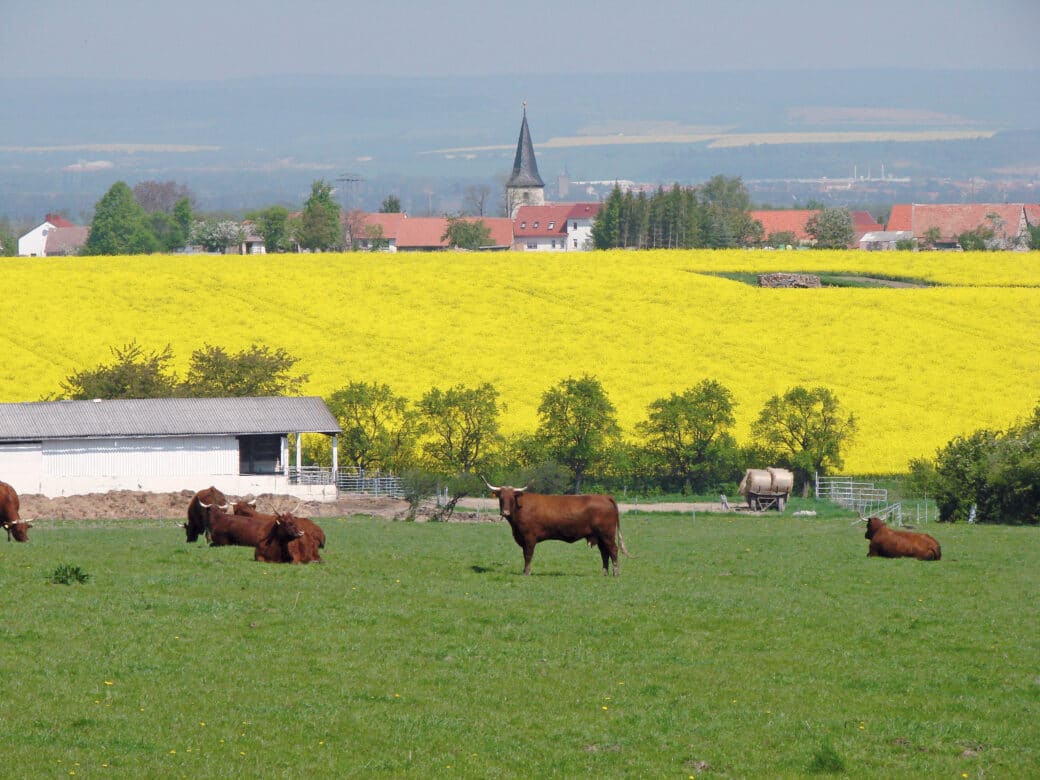EvoPlast – Evolution of plant phenotypic plasticity in response to grassland management

Phenotypic plasticity (PP) is one of the key mechanisms by which plants respond to environmental changes. As there is heritable variation in PP in most plants, PP can evolve where it is adaptive. One such situation might be grassland management. Mowing, grazing and fertilization all create temporally variable environmental conditions, which should favor and thus select for increased PP, in particular the ability of plants to rapidly exploit temporary nutrient pulses, and the ability to regrow after damage. However, although it is well known that plants can rapidly adapt to different land-use practices, evolution of PP in response to land use has rarely been studied so far. This research project will take advantage of the study plots, land use information and other environmental data in the Biodiversity Exploratories to test the hypotheses about the evolution of PP.
- Increased fertilization selected for increased PP in the ability of plants to rapidly respond to nutrient addition
- Plants in more intensively grazed and mown sites show a stronger capacity for regrowth
- Spatial heterogeneity in vegetation structure and temporal variation in land use generally correlates with greater PP
- Population-level genetic diversity correlates positively with PP
We will test these predictions in three common grassland species in the Biodiversity Exploratories: Bromus hordeaceus, Plantago lanceolata and Veronica chamaedrys, each sampled from 60 grassland EPs across the three exploratories. We will carry out controlled common garden experiments in which the response to fertilization and clipping treatments will be measured in various functional traits (biomass, SLA, leaf C:N:P ratio and phenology). We will also measure fitness traits and investigate whether plastic responses are adaptive, and whether they also have a fitness cost. To test hypothesis (3) We will correlate PP with data on spatial heterogeneity, obtained via aerial or satellite photographs as well as from field observations. We will also correlate PP with an index of temporal land-use change reflecting temporal heterogeneity both within and between land-use practices. Finally, we will link PP data to existing molecular marker data to examine correlations between neutral genetic diversity and PP.
This project will be about a hitherto unexplored part of genetic diversity in the Biodiversity Exploratories and will thus increase our understanding in particular of the evolutionary consequences of land use on plants.









